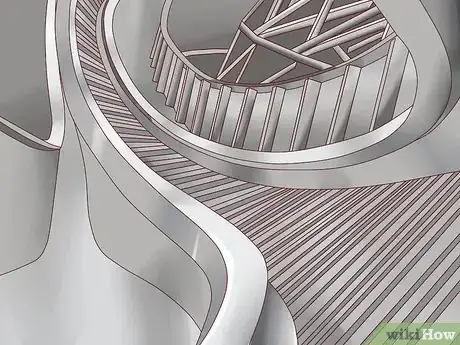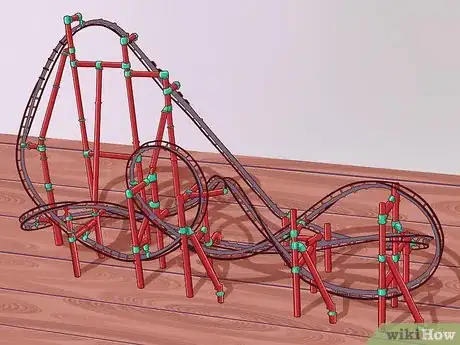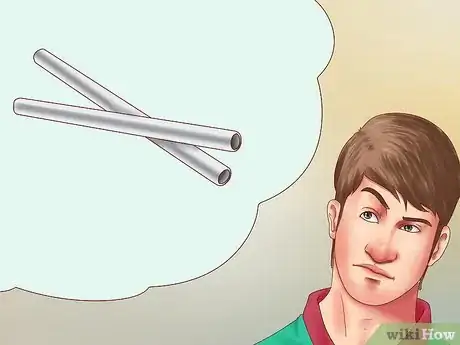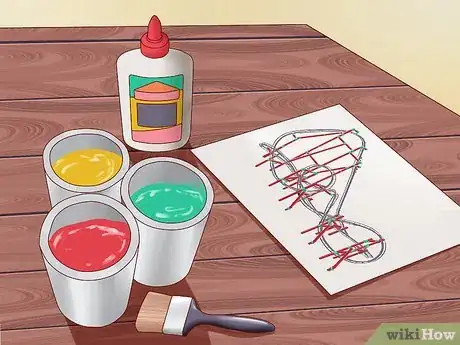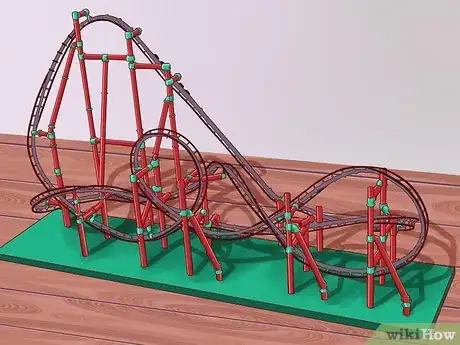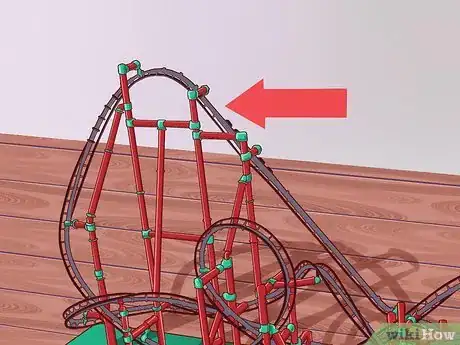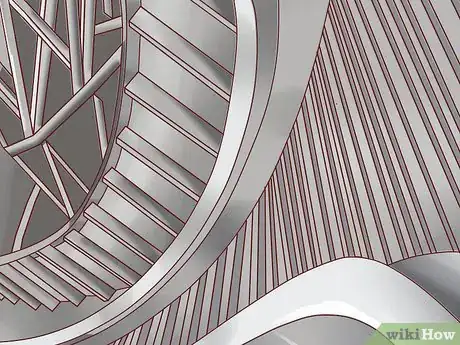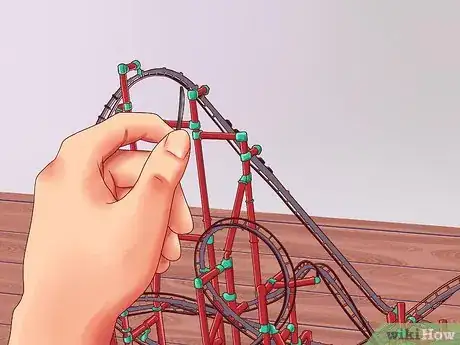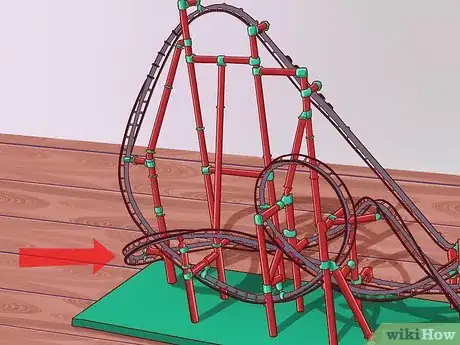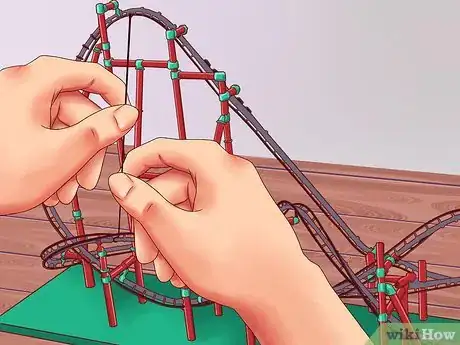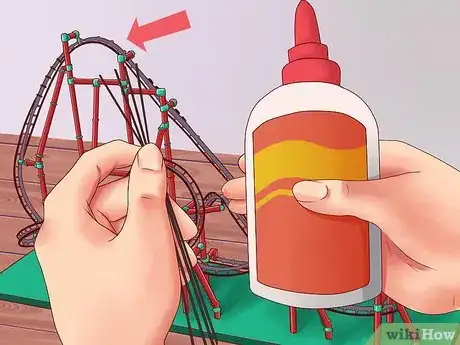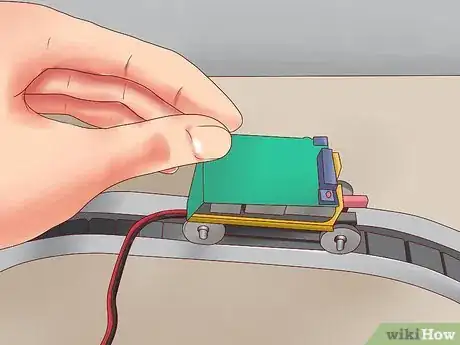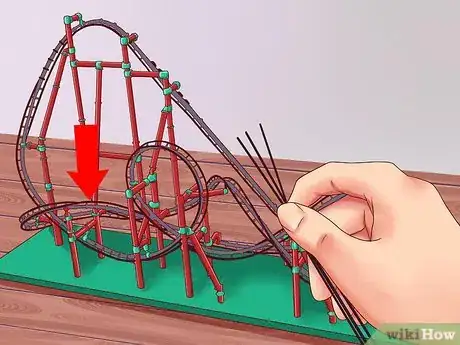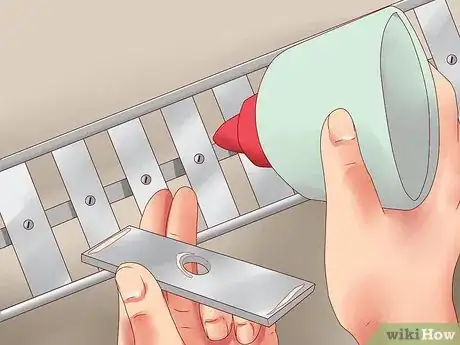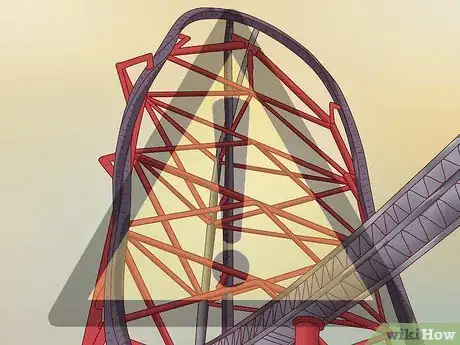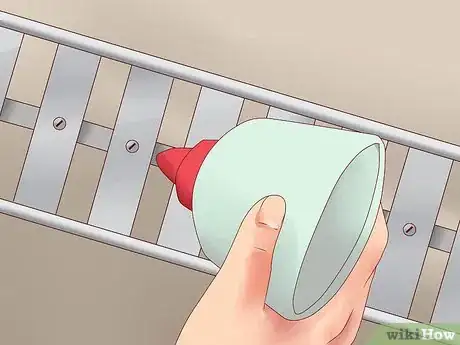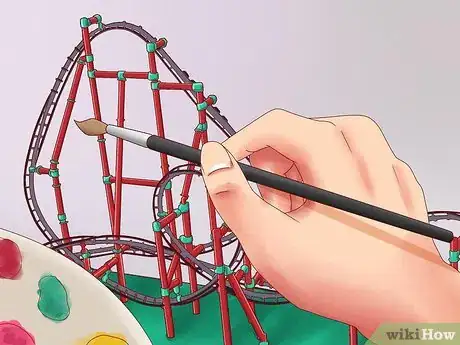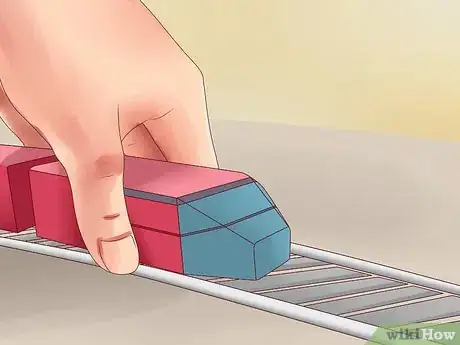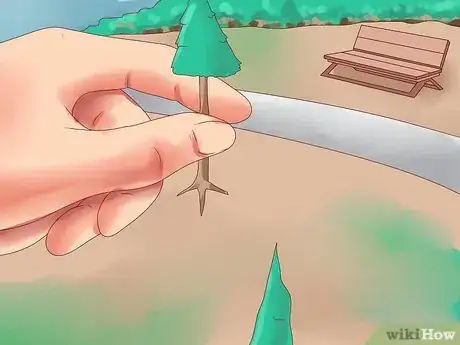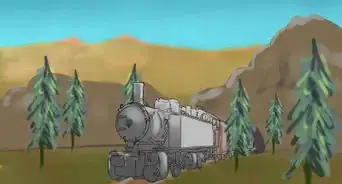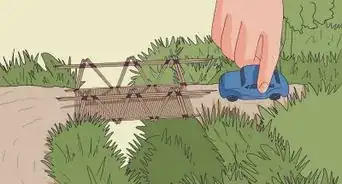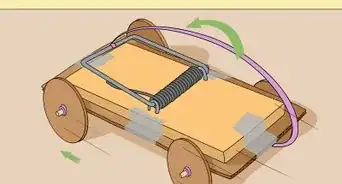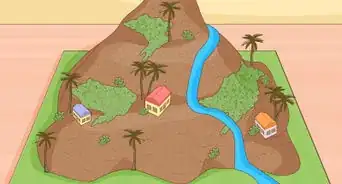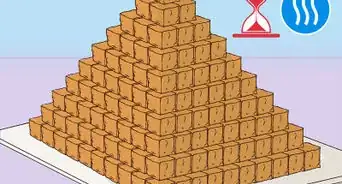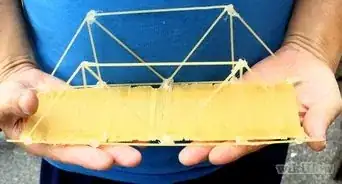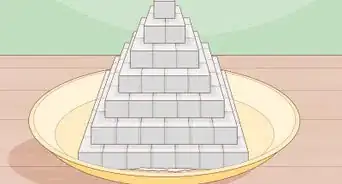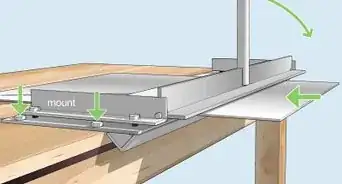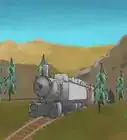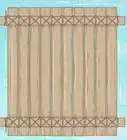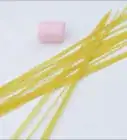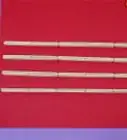This article was co-authored by wikiHow Staff. Our trained team of editors and researchers validate articles for accuracy and comprehensiveness. wikiHow's Content Management Team carefully monitors the work from our editorial staff to ensure that each article is backed by trusted research and meets our high quality standards.
This article has been viewed 362,968 times.
Learn more...
Imagine you're slowly approaching the top of the lift-hill. A little more, and... swoosh you fly down the hill as you and the rest of the passengers squeal in delight , as the negative Gs are nearly unbearable. Have you ever wondered where these great roller coasters come from? A model designed by an architect or engineer is where it all begins. Sure you have technology, with the computer simulators of roller coaster designs, and even the blueprints. But without a model, these phenomenal roller coasters are harder to build. Models are not only a help to the park which buys your design, but a work of art. When your roller coaster is built, you can show off to your friends how you made your dream into a reality!
Steps
-
1Choose the design which you want to be made into a model. Is it the cute children's design, or the big beastly monster that will have everybody screaming with delight and fear?
-
2Make sure the design is properly put together, and completed. You wouldn't want your work to collapse into a giant pile of garbage.Advertisement
-
3Select the type of material you would like for your model to be made of. Clay, metal, some people even make them out of Popsicle sticks and toothpicks! Create a list of all the materials which you selected in the previous step, and purchase them. These can be found in most arts and crafts stores.
-
4Map out how you plan on building your model on its structure, track, and supports. These categories, are very important for completing the entire project, and supporting the model. Using Plexiglas, layout the shape of the model first with a regular marker. once the layout of the model is properly put down, go over the layout in permanent marker. Now you are ready to begin the building process. Begin to gather all necessary supplies for the model such as glue, the material used for the model itself, paint, and scenery pieces. Take time to carefully put the model together, so that you are sure that it is securely constructed, and strong.
-
5Be sure to build your model on a material (preferably green or brown to resemble the ground) which will stand firm.
-
6Check to make sure all parts of the track and supports are in the model such as supports, and all track segments.
- Now the lift hill, or launch sections will be applied.
- Lift Hill
-
7Depending on the type of roller coaster, the difficulty of applying the lift hill may vary.
- A wooden roller coaster will be harder to apply, as the chain of the lift must squeeze in between the supports underneath the track.
-
8Begin placing 3-4 wires next to each other in the center of the track on the lift hill.
-
9Select 2 places at the top and bottom of the track, where the lift will go through to meet under the track.
-
10Using great caution, on the side of the first hill begin to thread the wire under the supports, until both ends meet. Glue both together, and allow to dry.
- Steel roller coasters are much easier to apply the lift to.
-
11Take 3-4 wires, and begin applying them with glue to the top side of the lift hill.
- Launch sections
-
12The launch sections are usually simple to place on models, since majority of roller coasters with them are flat. The following will explain the most common forms of launches.
- LSM
- Linear Synchronous Motor is basically the simplest to apply, and can be found on the recently opened roller coaster Maverick, at Cedar Point.
-
13Apply 2 or 3 wires onto the launching section of the model, up to the hill, inversion, turn etc. As easily as that, you're done!
- LIM
- Linear Induction Motors are fairly easy to apply, and are often featured inside of the coaster's station. Most launched roller coasters are LIM roller coasters.
-
14These types of roller coasters use magnetic mechanisms to launch forward. Small pieces of plastic can easily do the job. Begin to gently squirt glue onto the inner portion of the designated track. begin placing each piece on the track individually, and hold each into place for a short amount of time.
- Hydraulic
-
15Hydraulic launched roller coaster models require more attention, because the launch section requires dozens of brakes. Kingda Ka, Top Thrill Dragster, and Storm Runner are all hydraulic launched.
-
16Small metal plates are a great choice, but if you aren't able to get a hold of them, chips of plastic will do. begin applying glue and the plates/plastic onto the track. Make sure the brakes are the closest to being perfectly aligned.
- NOTE: Hydraulic launched roller coasters must have a rectangular track.
-
17Once the lift or launch section is completed, you are now ready to begin painting your model. The type of paint that you choose isn't the most important thing in the world, but you do need to make a good choice however. Watercolor is acceptable for wood, but less useful for metal. The choice is yours, and yours alone.
-
18Design a train for your roller coaster, that has a reasonable amount of cars, depending of the size of the model. Make sure that it is able to be placed on any part of the track, however, it does not need to roll.
-
19Gather all types of scenery which you purchased earlier, and begin to bond them onto the surface which the model is built on. This final step is important, to grab the eye of your company. without scenery, the roller coaster will often look droll, and the viewers will have a lack of interest.
Community Q&A
-
QuestionHow do I make a roller coaster?
 Community AnswerUse plastic tubing (which you can find at Ace, Home Depot, etc), PVC Pipes (which you can also find at Ace, Home Depot, etc), and a wooden base board. You will need items to anchor down the PVC pipes to the wood. Also, get electrical tape to attach the tubing to the pipes. You'll need screws to keep the materials in place as well.
Community AnswerUse plastic tubing (which you can find at Ace, Home Depot, etc), PVC Pipes (which you can also find at Ace, Home Depot, etc), and a wooden base board. You will need items to anchor down the PVC pipes to the wood. Also, get electrical tape to attach the tubing to the pipes. You'll need screws to keep the materials in place as well. -
QuestionApproximately how long does this take?
 Community AnswerIt will take around 10-14 weeks. It requires a lot of planning, then you have to buy the supplies, build the model, and then test it out.
Community AnswerIt will take around 10-14 weeks. It requires a lot of planning, then you have to buy the supplies, build the model, and then test it out. -
QuestionHow could I turn this into a science fair project?
 Community AnswerYou could use the roller model to demonstrate kinetic and potential energy. You could also test different brakes/launches and see which one is the best for different speeds!
Community AnswerYou could use the roller model to demonstrate kinetic and potential energy. You could also test different brakes/launches and see which one is the best for different speeds!
Warnings
- Make sure the route on your roller coaster is realistic. (In other words, do not add 100 loops in the track design) as no parks will bother to respond to your requests.⧼thumbs_response⧽
- Handle the super glue cautiously, as it is extremely sticky.⧼thumbs_response⧽
Things You'll Need
- Super glue
- Your choice of material for the model (e.g., clay, tin)
- 1 yard (0.9 m) of wire (there will be extra 90% of the time)
- Scenery pieces such as artificial trees, miniature people, plants etc.
- Patience, as the process takes an average of 5-8 hours a day for two weeks
